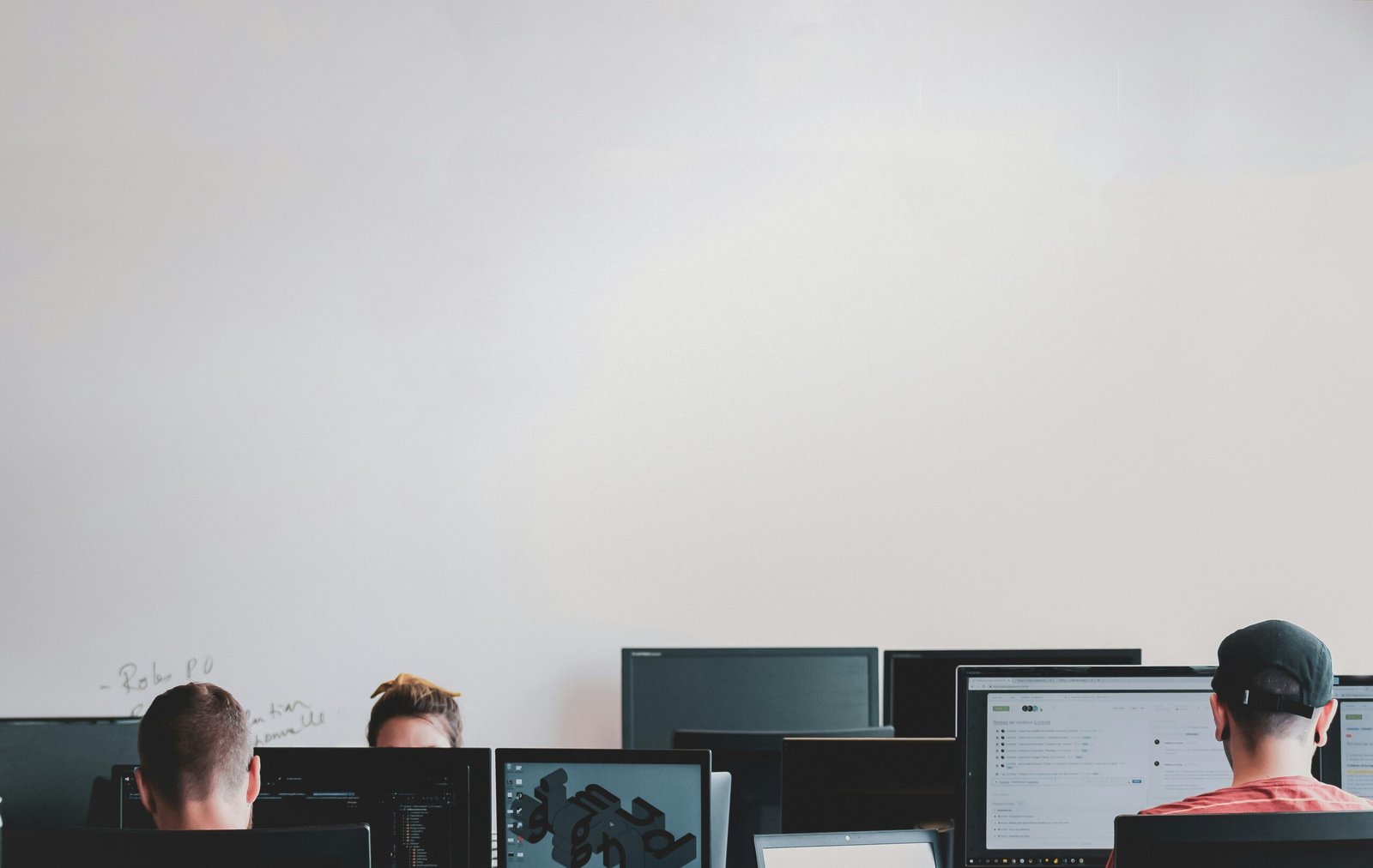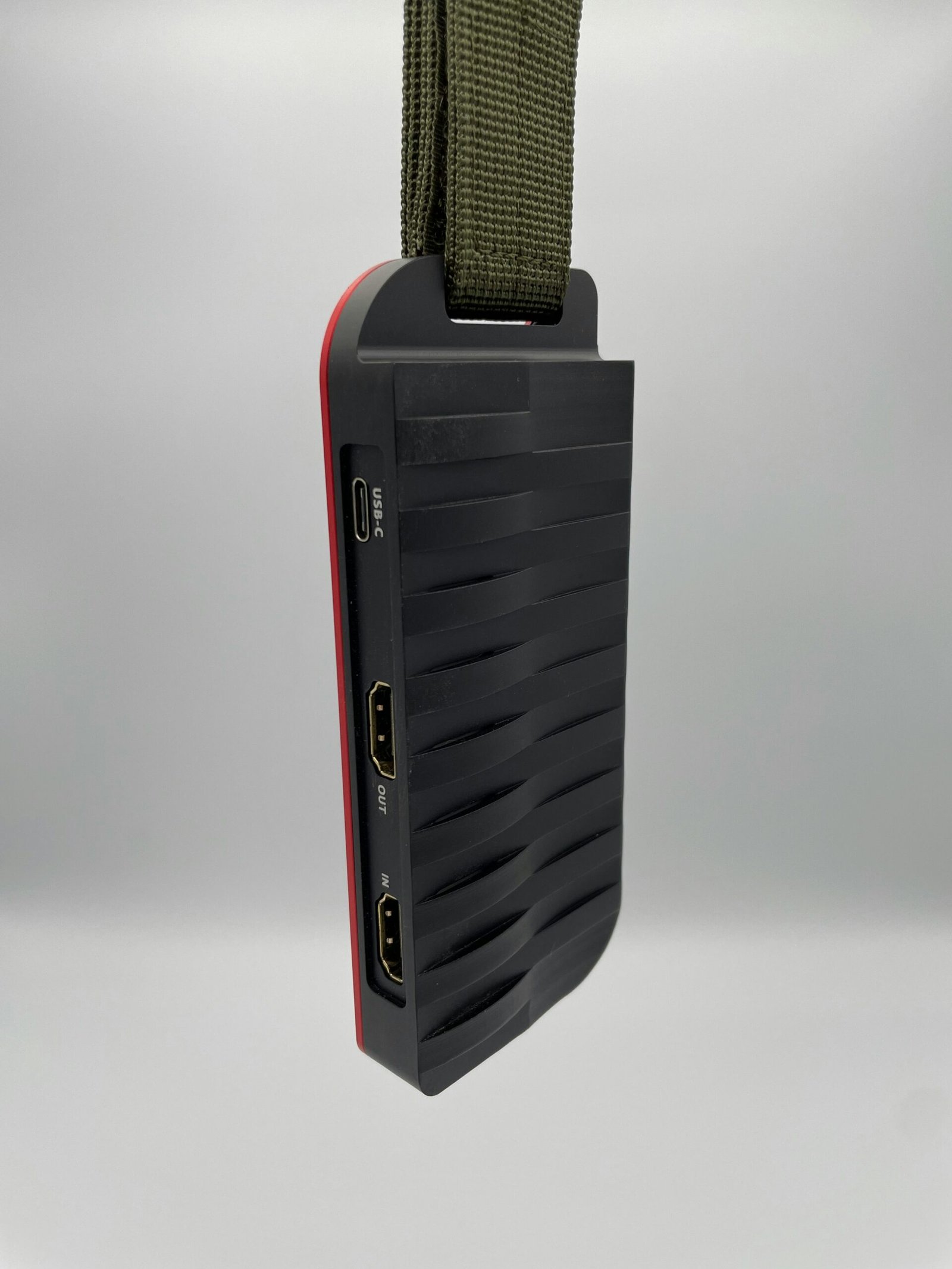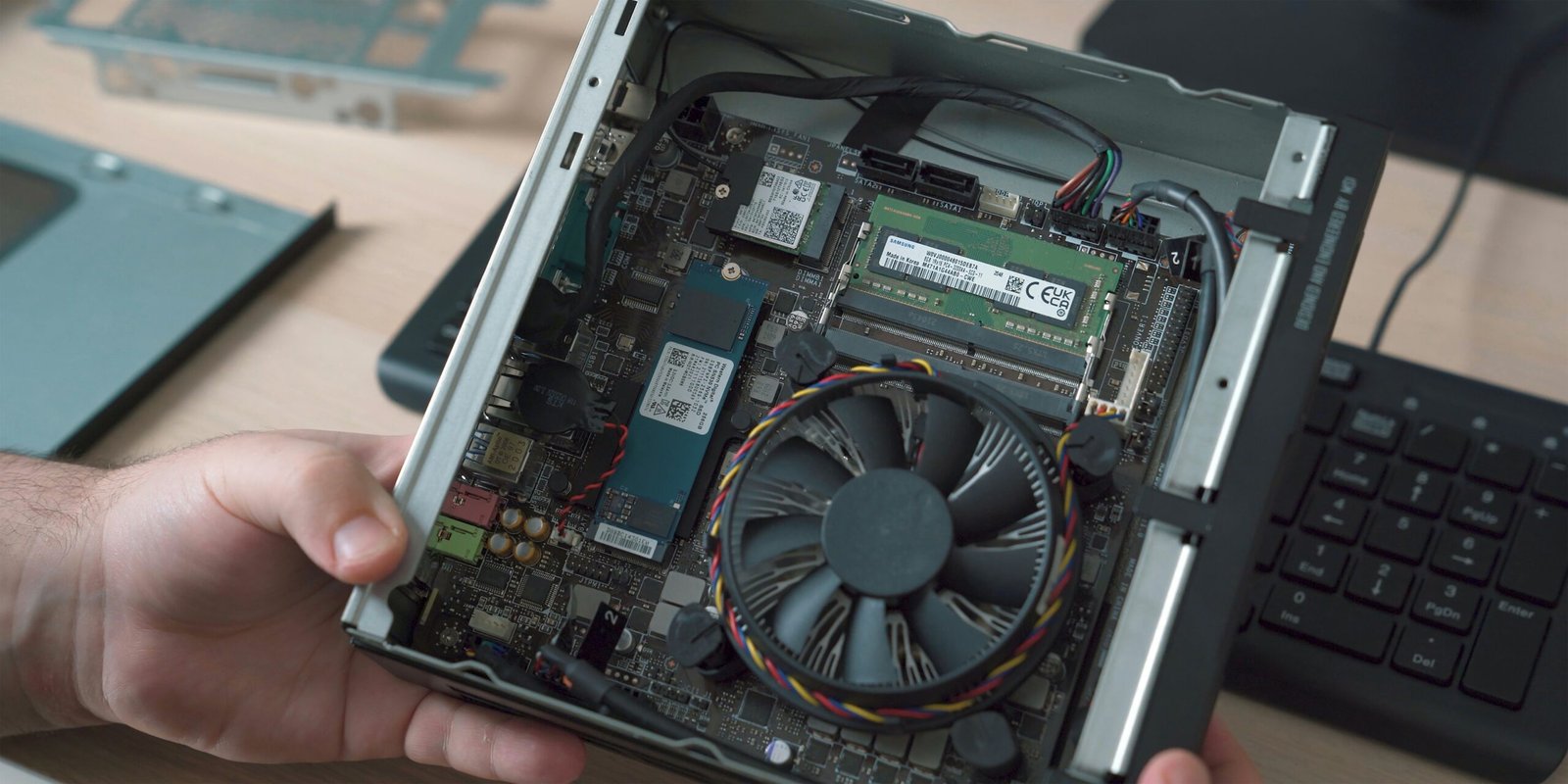The Ultimate Guide to Cleaning Your LCD Screen
Understanding the Structure of LCD Screens
Liquid Crystal Display (LCD) screens are ubiquitous in modern technology, from smartphones and computer monitors to televisions and automotive displays. At their core, LCD screens consist of a layer of liquid crystal solution sandwiched between two layers of polarized glass. The liquid crystals don’t emit light directly. Instead, they utilize a backlight which passes through the liquid crystals to produce an image. This structure makes LCD screens distinct from other screen technologies like OLED and Plasma, which use organic compounds and ionized gas, respectively, to create light and images.
The materials used in constructing LCD screens are a key factor in their delicate nature. The glass layers are thin and prone to cracking under pressure, while the liquid crystals themselves can be easily disturbed by physical impact. Moreover, the backlighting, typically LED, can diminish in brightness over time if the screen is mishandled. The precision and complexity of these elements mean LCD screens require careful maintenance to ensure longevity and optimal performance.
One of the most common issues affecting LCD screens is the accumulation of fingerprints, dust, and smudges. The oil from our fingers can adhere to the glass surface, while dust particles can settle into tiny crevices. These contaminants not only detract from the screen’s visual clarity but also, if not cleaned properly, could cause micro-scratches that further degrade the display quality. Cleaning LCD screens effectively is crucial, as improper techniques and harsh chemicals can damage the screen’s delicate components.
Proper cleaning practices are essential in preserving the display quality and extending the lifespan of LCD screens. Using appropriate materials and methods helps maintain the screen’s pristine condition, ensuring vibrant and clear images for years to come. By understanding the structure and sensitivity of LCD screens, we can better appreciate the importance of meticulous and careful cleaning.
Materials and Tools You Will Need
Cleaning your LCD screen effectively and safely requires specific materials and tools designed to avoid damaging the delicate surface. The essential items you will need include microfiber cloths, distilled water, isopropyl alcohol (under 70%), compressed air, and commercial LCD cleaning solutions. Understanding the role and proper use of each of these items is crucial for maintaining your screen’s clarity and longevity.
Firstly, microfiber cloths are indispensable for their ability to attract and hold onto dust and particles without scratching the screen. Unlike paper towels or regular cloths, microfiber is designed to be gentle, ensuring that no damage occurs during the cleaning process. Each time you clean your screen, using a fresh microfiber cloth helps in preventing the transfer of any previously accumulated grime.
Next, distilled water, which is free from impurities and minerals, forms the basic component of most screen-cleaning solutions. When diluted with isopropyl alcohol under 70%, it creates an effective mixture for breaking down and removing sticky residues and smudges. It’s crucial to emphasize that higher concentrations of alcohol can harm the screen, so always double-check the label before use. Additionally, avoid using tap water due to its mineral content, which can leave streaks.
Compressed air is another valuable tool, especially for dislodging dust from crevices and corners that are difficult to reach with a cloth. Ideally, it should be used before any liquid cleaners to ensure particles are not rubbed into the screen, potentially causing scratches.
Furthermore, specific commercial LCD cleaning solutions are available and are formulated to be safe for LCD and other delicate screens. These are convenient for users who prefer a ready-to-use cleaner instead of mixing their own solutions.
Before you begin cleaning, it’s vital to ensure the device is turned off and unplugged. This not only safeguards your device from electrical damage but also allows you to see any smudges or stains more clearly on a dark screen. When preparing your cleaning solution, blend equal parts of distilled water and isopropyl alcohol in a spray bottle, and always spray the solution onto the cloth, not directly onto the screen, to prevent liquid damage.
By adhering to these guidelines and using the recommended materials, you will significantly reduce the risk of damaging your LCD screen and maintain its clarity and functionality for longer periods.
Step-by-Step Guide to Cleaning Your LCD Screen
Properly cleaning your LCD screen is essential to maintaining its longevity and ensuring a clear display. Follow these steps meticulously to achieve the best results without compromising the screen’s integrity.
First and foremost, turn off your device and unplug it from any power source. This step is crucial to prevent any electrical hazards and gives the screen a chance to cool down, reducing the risk of damage. Allow the device to cool completely before proceeding.
Begin by removing dust and loose particles from the screen. Use a can of compressed air to gently blow away any dust, starting from the top and moving downward. If compressed air is unavailable, a soft, dry microfiber cloth will suffice. Gently wipe the screen in one direction to pick up dust and debris without scratching the surface.
Once the dust is cleared, it’s time to address any smudges or fingerprints. Prepare a cleaning solution by mixing equal parts of distilled water and white vinegar or rubbing alcohol. Avoid using tap water, as it may contain minerals that can leave streaks or damage the screen. Lightly dampen a microfiber cloth with the solution—never spray the solution directly onto the screen.
Gently wipe the screen with the dampened cloth, using a circular motion to prevent streaking. Pay particular attention to areas with visible smudges. For stubborn smudges, apply a bit more pressure, but always remember to be gentle to avoid any potential damage. Avoid pressing too hard on the screen, as excessive force can damage the delicate LCD structure.
To clean the edges and corners, fold the microfiber cloth to create a corner and gently navigate these harder-to-reach areas. Ensure that no liquid seeps into the edges, as this can cause internal damage. Always follow with a dry microfiber cloth to remove any remaining moisture and polish the screen for a streak-free finish.
By following these steps and handling your LCD screen with care, you can maintain a pristine display and extend the life of your device. Proper cleaning habits will ensure that your screen remains clear, vibrant, and free from any unsightly damage.
Preventative Measures and Maintenance Tips
Ensuring the longevity and clarity of your LCD screen involves adopting several preventative measures that can significantly reduce the frequency of deep cleaning sessions. The cornerstone of maintenance is regular, gentle dusting. Use a soft microfiber cloth to wipe the screen gently. This practice prevents dust build-up and mitigates the risk of scratches from abrasive particles.
Investing in a quality screen protector can serve as a barrier against daily wear and tear. Screen protectors help keep the surface of the LCD screen free from smudges, fingerprints, and minor scratches, thereby maintaining its pristine condition for a longer duration. Equally important is situating your device in a clean environment to minimize the accumulation of dust and debris.
Alter your daily habits to further protect your screen. Avoid eating or drinking near the device, as spills and food particles can cause stubborn stains or damage. Washing your hands before use is another simple yet effective measure to reduce the transfer of oils and dirt onto the screen. Additionally, when the device is not in use, cover the screen with a protective cloth or utilize a cover designed for the device to shield it from dust and potential accidents.
Adopting these best practices can greatly extend the intervals between thorough cleanings. Depending on the frequency of use and the environment, you might find that a thorough cleaning is required only once every few weeks. However, for devices subjected to heavy use or more challenging conditions, more frequent cleaning may be necessary to maintain optimal screen clarity and performance.
By integrating these preventative measures into your routine, you can significantly enhance the lifespan of your LCD screen and ensure it remains in excellent condition for extended periods.







